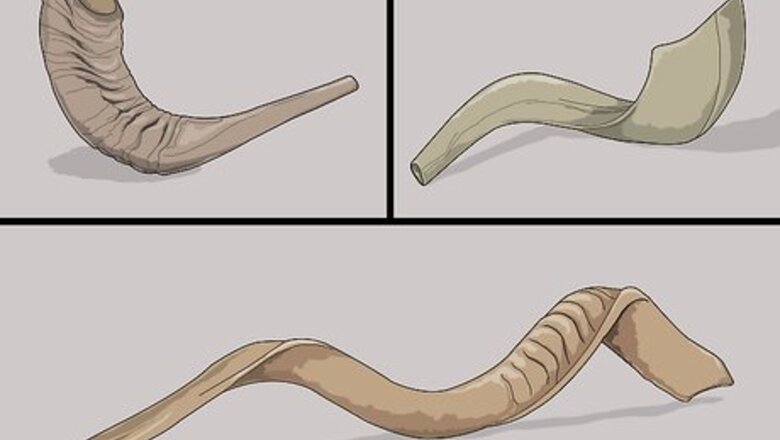
views
Practicing the Technique
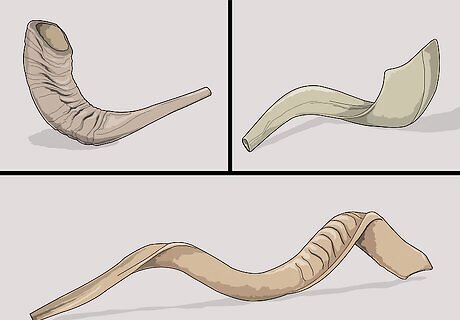
Find a shofar that sits comfortably between your lips. Shofars come in a variety of shapes, so it’s important to find one that suits you. Look for a shofar that is comfortable to hold between your lips, since that will be your only method of controlling how it sounds. Though size or looks may factor into your choice, they are less important than the comfort of the mouthpiece.

Pull back and tighten your lips as if you were making a strong “T” sound. Hold this position to make your lips taut. The tighter your lips are, the higher pitched note your shofar will produce. Some services call for notes of variable pitches, so practice tightening and loosening your lips while blowing.
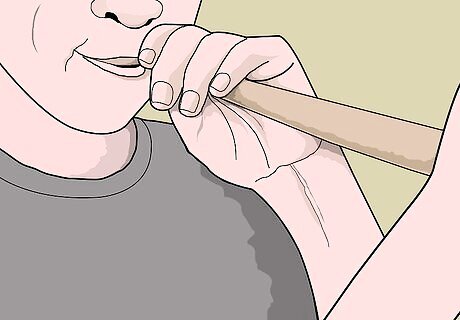
Press the shofar gently to your lips. Pucker your lips and press the shofar to them. Press it gently to ensure your lips have room to vibrate while blowing. Make sure the hole between your mouth and the instrument is small to seal all the air in. If necessary, use two fingers to hold the shofar in place. Jewish tradition dictates that the shofar be placed at the right side of one’s mouth, though most rabbis are fine with other methods.
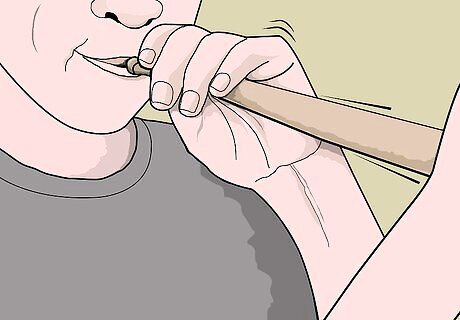
Blow a small amount of dry air. Though it may look intimidating, the shofar does not require a lot of lung power to blow properly. Blow a small amount of dry air into the shofar, being careful to not overexert yourself on any one blow. Do not pucker your cheeks, since the power of your breaths should originate from the diaphragm.

Vibrate your lips. The sound of a shofar is produced largely by the vibration of your lips. While blowing, make sure your breaths are fast enough to produce vibration, giving the instrument something to enhance and project. To practice, try and make a buzzing sound with your lips, as if you were blowing a raspberry or making an elephant noise.
Learning the Blasts
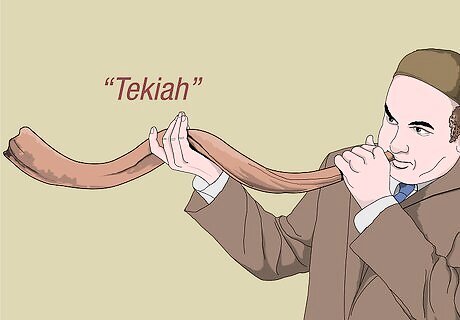
Practice the tekiah. A tekiah is one unbroken blow that lasts between two and four seconds. It is a sound of exultation and joy that can represent anything from peace and stability to the exaltation of G-d. In most shofar services, tekiahs are placed at the beginning and end of each line of notes.

Practice the shevarim. A shevarim is made of three quick, separated blows. It is supposed to sound like a fractured tekiah, so each blow should last less than a second. The shevarim represents howls and moans, so each note should be sharp and melancholy.
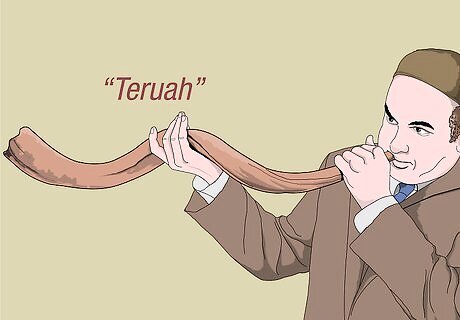
Practice the teruah. A teruah is made of approximately nine short blows. Each note should be quicker than an individual shevarim and played in rapid succession. Depending on your sect of Judaism, the teruah may represent either an alarm, a call to action, or a wail of sorrow.

Practice the tekiah gedolah. A tekiah gedolah is an extended version of the normal tekiah. Traditional sects hold it for nine counts, while progressive sects hold it for as long as the shofar player is able. With practice, some people can sustain this note for over a minute. For Yom Kippur, many sects play a single tekiah gedolah to conclude the holiday.


















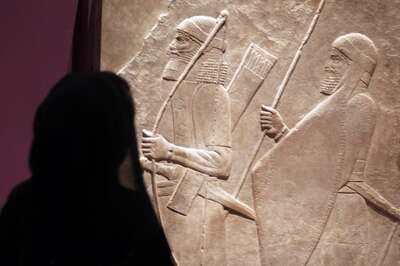

Comments
0 comment